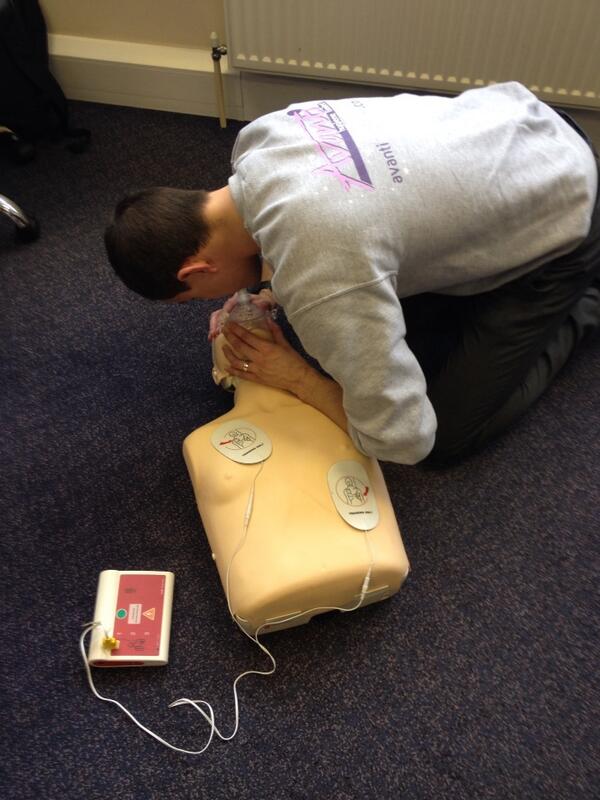New British Standard BS-8599 for Workplace First Aid Kits
11th October 2011

A new national standard for First Aid kits has been introduced by the British Standards Institute (BSi).
Legislation requires employers to ensure that first aid kits are readily available in the workplace and of the right composition to meet their needs following their own risk assessment. However, current Workplace First Aid Kit contents were last reviewed over 14 years ago in 1997. Since then there have been extensive changes in training protocol, new product innovations and increasing infection control.
With this in mind, a new national standard for workplace First Aid kits in the UK has been introduced by the British Standards Institute (BSi). It follows extensive work by the British Healthcare Trades Association (BHTA) in cooperation with the Health and Safety Executive (HSE).
Previously, with BHTA guidance, four kits had been designed based on the HSE guidelines, kit 10, 20, 50 and a travel kit. These BHTA kits have become the national standard and are almost universally adopted by both the public and private sectors.
Following the adoption of the new standard, there will continue to be four kits, now called Small, Medium, Large and Travel. The broad changes to the kit involve the following products:
Gloves
It was determined that the existing kits and HSE guidelines had insufficient quantities of gloves, given current infection control concerns. Nitrile gloves were selected in line with NHS and St John Ambulance guidelines.
Plasters and Wipes
A survey of customers indicated that a larger quantity of plasters was required.
Burns Dressings
Modern wet gel burns dressings are now much lower in price and are universally used by accident and emergency services. Given that any workplace that has a kettle has a risk for burns, this item is added. A conforming bandage is added to the kits to secure this dressing, where appropriate.
Resuscitation Device
Mouth-to-mouth resuscitation can present an infection risk to the patient or first aider. Employers have a duty of care to protect their employees from such a risk.
Finger Dressings
A large proportion of injuries involve fingers. The old kits had only plasters to offer for treatment of such injuries, the smallest serious wound dressing was 12cm2, a finger sized dressing is added to the new kits.
Adhesive Tape
Adhesive tape is added to conveniently and safely secure dressings and bandages, without the need to use safety pins. Safety pins are retained as an option, particularly for triangular bandages used as slings.
Triangular Bandages
The number of triangular bandages has been reduced reflecting the current first aid protocols that no longer indicate their use for immobilisation of lower limb injuries.
Foil Survival Blanket
Clinical shock presents a risk to life. The treatment includes keeping the casualty warm, the addition of foil survival blankets allows first aiders to treat clinical shock, where in the past they would be reliant on blankets being available.
Scissor/Shears
Where injuries occur through clothing or shoes, protocol dictates that the clothing should be cut away around the wound site to allow it to be covered with a dressing. Current first aid kits do not include the equipment to do this task, the new kits include shears that are capable of cutting leather.
The existing BHTA first aid kits will remain until the end of 2011, after which they will be withdrawn. The new BSi standard became effective from 1st July 2011. This allows for a 6 month transition period.
Source: British Healthcare Trades Association (BHTA) http://www.bhta.net/first-aid-pr-july11.aspx
Tel: (0)117 963 3629
Fax: (0)117 963 5070
Avanti Hygiene Limited
179 South Liberty Lane
Ashton, Bristol, BS3 2TN
